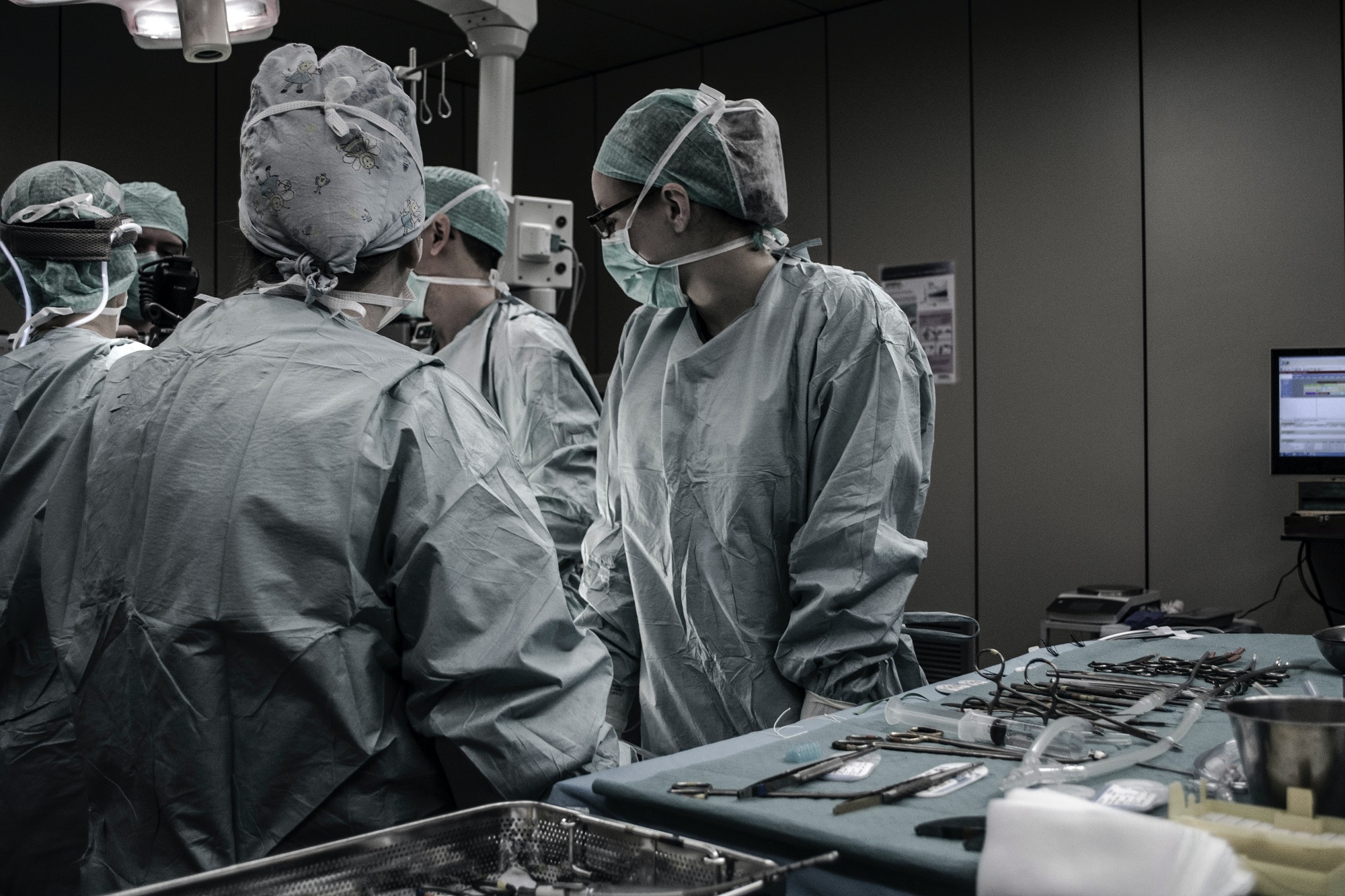
Medical Waste and Gasification: The COVID-19 Waste Solution
[vc_row row_background_lines=”none”][vc_column][vc_column_text]With the number of patients from the COVID-19 pandemic in the millions, an increase in the amount of medical waste laden with the virus is guaranteed. In Wuhan alone, where the coronavirus first emerged, officials not only needed to build new hospitals for the influx of patients; they had to construct a new medical waste plant and deploy 46 mobile waste treatment facilities too. Hospitals there generated six times as much medical waste at the peak of the outbreak as they did before the crisis began. And things are not much better in the US. One study reports that American hospitals create 5.9 million tons of waste every year. And this has only drastically increased with the recent pandemic.[/vc_column_text][/vc_column][/vc_row][vc_row row_background_lines=”none”][vc_column][vc_empty_space height=”20px”][vc_custom_heading text=”Gasification offers low emission medical waste disposal.” use_theme_fonts=”yes”][vc_row_inner][vc_column_inner width=”1/2″][vc_single_image image=”1956″ img_size=”full” onclick=”custom_link” link=”https://news.cgtn.com/news/2020-02-26/Medical-waste-handlers-in-Wuhan-brave-all-to-dispose-infected-waste-OoDB2wNVe0/index.html”][/vc_column_inner][vc_column_inner width=”1/2″ css=”.vc_custom_1589981602601{margin-top: -10px !important;}”][vc_column_text]Amidst the already growing concern over environmental issues, this added increase in plastic and medical waste only increases the need for a safe, effective disposal process that also alleviates environmental factors. The amount of plastics mixed into medical waste is a concern for most waste disposal methods. Common methods include sterilization, shredding and either incineration or landfill disposal. Incineration is famous for being a dirty disposal method. It creates harmful dioxins and other emissions. And landfills are filling up.[/vc_column_text][/vc_column_inner][/vc_row_inner][/vc_column][/vc_row][vc_row row_background_lines=”none”][vc_column][vc_empty_space height=”20px”][vc_custom_heading text=”So what is the solution to the medical waste problem?” use_theme_fonts=”yes”][vc_row_inner][vc_column_inner][vc_column_text]Many are wondering what is a safe method for medical waste disposal? There are lots of medical waste disposal companies and medical waste management companies out there, but the waste typically ends up in a landfill. Converting medical waste into heat and electricity with minimal emissions, seems to be a viable, efficient and eco-friendly alternative. That conversion can happen through a process called gasification. Gasification is not a new concept, but it was lost when oil and gas became abundant. Gasification is the process of breaking down any organic matter (matter containing carbon) into a gas called Producer Gas or Syngas. For more information check our page on The Science Behind the System.[/vc_column_text][vc_single_image image=”904″ img_size=”large” onclick=”img_link_large”][vc_column_text]Paired with the proper feedstock preparation equipment, medical waste can be sterilized, shredded and fed into a downdraft gasification system. The medical waste is then broken down into producer gas. The producer gas is very versatile. It can be fed directly into the hospital’s existing boiler system and create hot water. Heat can be captured from the process to heat the hospital. The gas can also be used as fuel for an internal combustion engine and create electricity to run the gasification system and help power the hospital. Utility bills would see a huge cost savings, along with the savings associated with no longer having to haul medical waste away.
On site waste management, electricity and heat generation means the hospital has a degree of energy independence, further aiding with consistent operation in case of power loss or natural disaster. An added benefit is that the main byproduct of this type of system is biochar, a natural fertilizer. If there is no need for it as fertilizer, it can simply be added back into the gasification process to act as a turbocharge to the feedstock.[/vc_column_text][/vc_column_inner][/vc_row_inner][/vc_column][/vc_row][vc_row row_background_lines=”none”][vc_column][vc_empty_space height=”20px”][vc_custom_heading text=”Renewable energy solutions offer hope.” use_theme_fonts=”yes”][vc_row_inner][vc_column_inner width=”1/2″ css=”.vc_custom_1589983235326{margin-top: -10px !important;}”][vc_column_text]In these strange times, renewable energy solutions like downdraft gasification can be the “green” lining in a black cloud of uncertainty. 2020 is a year of change so what better way to take charge of change than to make changes for the better. The benefits of renewable energy are countless. Creating cost savings and energy independence for any business by implementing green energy solutions is a great way to provide security for the future.[/vc_column_text][/vc_column_inner][vc_column_inner width=”1/2″][vc_single_image image=”1120″ img_size=”large”][/vc_column_inner][/vc_row_inner][/vc_column][/vc_row][vc_row row_background_lines=”none”][vc_column][vc_empty_space height=”20px”][vc_cta h2=”Learn more about what the bioHearth® system can do for you.” txt_align=”center” color=”black” add_button=”bottom” btn_title=”Learn More” btn_color=”green” btn_size=”lg” btn_align=”center” btn_link=”url:https%3A%2F%2Fwww.wastetoenergysystems.com%2Fdowndraft_gasifier_system%2F|||”][/vc_cta][/vc_column][/vc_row]



